Mesas ajustables en la atención médica canadiense: una guía práctica para entornos clínicos y de atención a largo plazo
En los entornos modernos de atención médica y residencias para personas mayores en Canadá, la accesibilidad y el diseño ergonómico son esenciales. Las mesas ajustables —también conocidas como mesas de altura regulable, mesas accesibles para sillas de ruedas o mesas geriátricas— son un componente cada vez más vital para la prestación de una atención de calidad.
Esta guía está dirigida a profesionales de la salud, administradores de instalaciones y equipos de compras. Abarca los tipos de mesas ajustables disponibles, sus características principales, las opciones de personalización y cómo estas mesas contribuyen a la comodidad del paciente y la eficiencia del cuidador en diversos entornos de atención.
¿Qué son las mesas ajustables?
Las mesas ajustables están diseñadas para satisfacer las necesidades de movilidad y ergonomía de las personas atendidas. Cuentan con mecanismos manuales o asistidos que permiten adaptar la altura, la inclinación o la superficie de la mesa según las necesidades del usuario o la tarea. Estas mesas son especialmente beneficiosas en centros de atención a largo plazo, residencias asistidas y rehabilitación.

Terminología utilizada en Canadá
Los profesionales y proveedores de atención médica de todo Canadá pueden referirse a las mesas ajustables utilizando una variedad de términos:
-
Mesas regulables en altura
-
Mesas accesibles para sillas de ruedas
-
Mesas geriátricas
-
Mesas de terapia o rehabilitación
-
Tablas adaptativas
-
Mesas de noche
-
Mobiliario de uso clínico
-
Tablas de cuidados de larga duración
Comprender estos términos puede ayudar a garantizar una comunicación eficaz durante la adquisición y la planificación.
Beneficios de las mesas ajustables en el sector sanitario
Mayor comodidad para el paciente
Al ajustar la altura y la profundidad, los usuarios pueden participar cómodamente en comidas, terapia o actividades sin forzar la espalda ni esforzarse demasiado. Esto promueve la autonomía y la dignidad, especialmente en adultos mayores o personas con discapacidad. En centros de atención a largo plazo, la posibilidad de personalizar el entorno del asiento mejora la experiencia y fomenta la participación en las interacciones sociales.
Accesibilidad mejorada
Los usuarios de sillas de ruedas se benefician de mesas diseñadas con espacio adecuado para las piernas y alcance de la superficie. Los diseños cóncavos o modulares garantizan asientos inclusivos en entornos grupales. Las mesas que se adaptan a diferentes alturas y estilos de asiento son cruciales para mantener la equidad en los entornos de atención, permitiendo que residentes y pacientes conserven su independencia.
Reducción de la tensión del cuidador
Los cuidadores tienen menos probabilidades de sufrir lesiones o fatiga cuando el mobiliario se adapta al paciente. Esto se traduce en flujos de trabajo más eficientes y un entorno de trabajo más seguro. El personal puede evitar agacharse y levantar objetos repetidamente, y centrarse en la prestación de cuidados de calidad. Las mesas con diseño ergonómico también contribuyen a cumplir con las normas de seguridad laboral.
Cumplimiento del control de infecciones
Las superficies laminadas de alta presión, los cantos antifúngicos y las esquinas selladas garantizan que estas mesas cumplan con los protocolos de prevención de infecciones exigidos por los organismos reguladores canadienses de la salud. En entornos donde el control de infecciones es fundamental, como hospitales y residencias de ancianos, las mesas deben ser fáciles de desinfectar, resistentes a la humedad y selladas contra la proliferación bacteriana.
Tipos de mesas ajustables
Mesas ergonómicas multiusuario
Diseñadas para entornos grupales, como comedores o sesiones de terapia, estas mesas a menudo permiten un ajuste de altura individual en cada asiento.
Casos de uso: comedores de atención a largo plazo, programas de día para adultos, rehabilitación grupal
Las mesas multiusuario ofrecen inclusión al adaptarse a distintas alturas y posturas. Suelen incluir superficies cóncavas o segmentadas que facilitan el acceso y bandejas centrales giratorias que facilitan comidas o actividades compartidas.
Mesas de pared o plegables
Compactos y eficientes, estos modelos son ideales para espacios reducidos o habitaciones privadas. Cuando no se usan, se pueden plegar.
Casos de uso: comidas en la habitación, registro diario, tareas junto a la cama
Las mesas plegables son ideales para optimizar el espacio, especialmente en entornos donde los pacientes necesitan espacio para andadores o personal sanitario. Suelen contar con altura ajustable mediante tornillos y bisagras con bloqueo para mayor seguridad.
Mesas móviles de actividad y terapia
Diseñadas para moverse entre espacios, estas mesas generalmente incluyen ruedas giratorias con bloqueo y tapas ajustables.
Casos de uso: Terapia ocupacional, arte y recreación, programas grupales flexibles.
Estas mesas permiten una amplia gama de usos en salas multiusos. Suelen estar equipadas con características como tableros abatibles para escribir o dibujar, o con un ancho mayor para que el terapeuta y el paciente puedan sentarse juntos.
Mesas de cama y mesas individuales
Utilizado por pacientes confinados en camas o sillones reclinables. Se encuentra frecuentemente en hospitales o centros de atención domiciliaria.
Casos de uso: comidas junto a la cama, lectura, consultas remotas
Las mesas de noche cuentan con bases deslizables y altura vertical ajustable. Algunos modelos incluyen superficies inclinables y bandejas laterales para guardar objetos personales. Estas características son esenciales para la comodidad y la funcionalidad de las personas postradas en cama.

Características clave a tener en cuenta
| Característica | Objetivo |
|---|---|
| Ajuste independiente del asiento | Permite distintas alturas de usuario en configuraciones de grupo. |
| Laminado de alta presión (HPL) | Superficie duradera y fácil de limpiar. |
| Bandas de borde antifúngicas | Prevención de infecciones y durabilidad |
| esquinas redondeadas | Reduce el riesgo de lesiones por impacto. |
| Superficies modulares o plegables | Se adapta a múltiples diseños y necesidades de almacenamiento. |
| ruedas bloqueables | Admite un uso flexible sin comprometer la estabilidad. |
| Cumple con las normas de CSA o Health Canada | Garantiza el cumplimiento de las normas de seguridad canadienses. |
Opciones de personalización
Las mesas ajustables se pueden configurar para adaptarse a las necesidades de diversos espacios clínicos y residenciales. La personalización garantiza que la mesa se adapte perfectamente a los requisitos estéticos y funcionales de la instalación.
Forma y tamaño de la mesa
-
Rectangular, redondo o cuadrado
-
Bordes cóncavos para un mejor alcance
-
Extensiones modulares o paneles plegables
Mecanismos de ajuste de altura
-
Manual asistido por resorte
-
Ajuste del mango de tornillo
-
Ajuste eléctrico (en modelos selectos)
Opciones de base y marco
-
Marcos de acero o aluminio
-
Bases fijas o móviles
-
Colores de marco para combinar con los acabados interiores.
Opciones de superficie y acabado
-
Más de 300 colores de laminados y texturas de vetas de madera.
-
Bandas de borde de PVC o 2 mm selladas y antifúngicas
-
Superficies mate o brillantes según el caso de uso.
Accesorios opcionales
-
Bandejas giratorias (Lazy Susans)
-
Almohadillas de apoyo para los brazos
-
Cajones o bandejas empotradas
-
Mamparas de privacidad o divisores de control de infecciones
Estas opciones son particularmente valiosas al diseñar una combinación de espacios públicos y privados, o al alinear el mobiliario con la identidad de la marca o la instalación.
Escenarios de casos de uso
Residencias de cuidados a largo plazo
Se facilitan comidas, recreación y sesiones de terapia inclusivas y ergonómicas para residentes que utilizan diversos dispositivos de movilidad. Las mesas ajustables contribuyen a crear una experiencia gastronómica más acogedora y hogareña, a la vez que garantizan la accesibilidad para residentes con andadores o sillas de ruedas.
Clínicas de rehabilitación
Ofrece superficies configurables para terapia, evaluaciones y ejercicios para el paciente, permitiendo posiciones de pie o sentado. Las mesas ajustables se adaptan tanto a las necesidades del profesional sanitario como al progreso del paciente, promoviendo la comodidad y una mecánica corporal óptima.
Centros de vida asistida
Combina funcionalidad y diseño, ofreciendo independencia a los residentes en un entorno que se siente más residencial que institucional. Las mesas pueden tener un acabado que imita el mobiliario residencial, manteniendo la funcionalidad clínica necesaria.
Hospitales
Facilita la recuperación al proporcionar acceso a la mesita de noche para comidas, escritura o artículos personales sin tener que trasladar a los pacientes. En las unidades de recuperación quirúrgica u oncológica, los ajustes personalizados mejoran la moral del paciente y alivian la carga del cuidado.
Programas comunitarios y centros de día para adultos
Las mesas flexibles permiten realizar diversas actividades a lo largo del día, desde el servicio de almuerzo hasta manualidades. Su movilidad y rápida reconfiguración las hacen ideales para salas con uso rotativo diario.
Preguntas frecuentes
¿Cuál es la diferencia entre una mesa geriátrica y una mesa estándar? Las mesas geriátricas están diseñadas específicamente para personas mayores o con movilidad reducida. Presentan elementos de diseño accesibles, como espacio para sillas de ruedas, bordes curvos y alturas ajustables.
¿Son obligatorias las mesas ajustables en centros de atención a largo plazo? Si bien no son obligatorias por ley, se recomiendan encarecidamente para cumplir con las mejores prácticas de accesibilidad, seguridad del cuidador y comodidad del paciente. También pueden ayudar a demostrar el cumplimiento de los marcos de atención centrados en la persona.
¿Cómo puedo garantizar el cumplimiento de las normas canadienses de atención médica? Seleccione mesas con certificación CSA y que cumplan con las directrices de Health Canada, especialmente para su uso en centros regulados. Asegúrese de consultar las especificaciones de control de infecciones y solicitar la documentación durante la adquisición .
Dónde comprar
MedSupply, distribuidor canadiense de confianza de mobiliario clínico y equipo médico, ofrece mesas de altura ajustable, ideales para entornos de atención médica y cuidados a largo plazo. MedSupply ofrece una cuidada selección de mesas de calidad sanitaria que cumplen con los estándares de la CSA, cumplen con los protocolos de prevención de infecciones y se pueden personalizar según la distribución y el modelo de atención de su centro.
Para obtener más información o solicitar un presupuesto, comuníquese con el equipo de ventas de MedSupply para obtener recomendaciones personalizadas según su entorno de atención clínica o residencial.
Conclusión
Las mesas ajustables son un recurso fundamental para brindar una atención segura, digna y eficiente en los centros de atención médica y de larga duración de Canadá. Su diseño ergonómico, sus características de accesibilidad y sus formatos personalizables las hacen ideales para entornos clínicos, residenciales y de atención transicional.
Seleccionar el modelo correcto, con la combinación correcta de capacidad de ajuste, movilidad, materiales y cumplimiento, garantiza que su instalación esté equipada para satisfacer las necesidades de los pacientes y del personal hoy y en el futuro.
Para planificadores de instalaciones, terapeutas ocupacionales y administradores, invertir en mesas ajustables de alta calidad y aptas para la atención médica es una decisión que promueve la excelencia operativa y mejores resultados para los pacientes. Las mesas ajustables ya no son un lujo; son un estándar para una atención compasiva, eficiente e inclusiva en el sistema de salud moderno de Canadá.


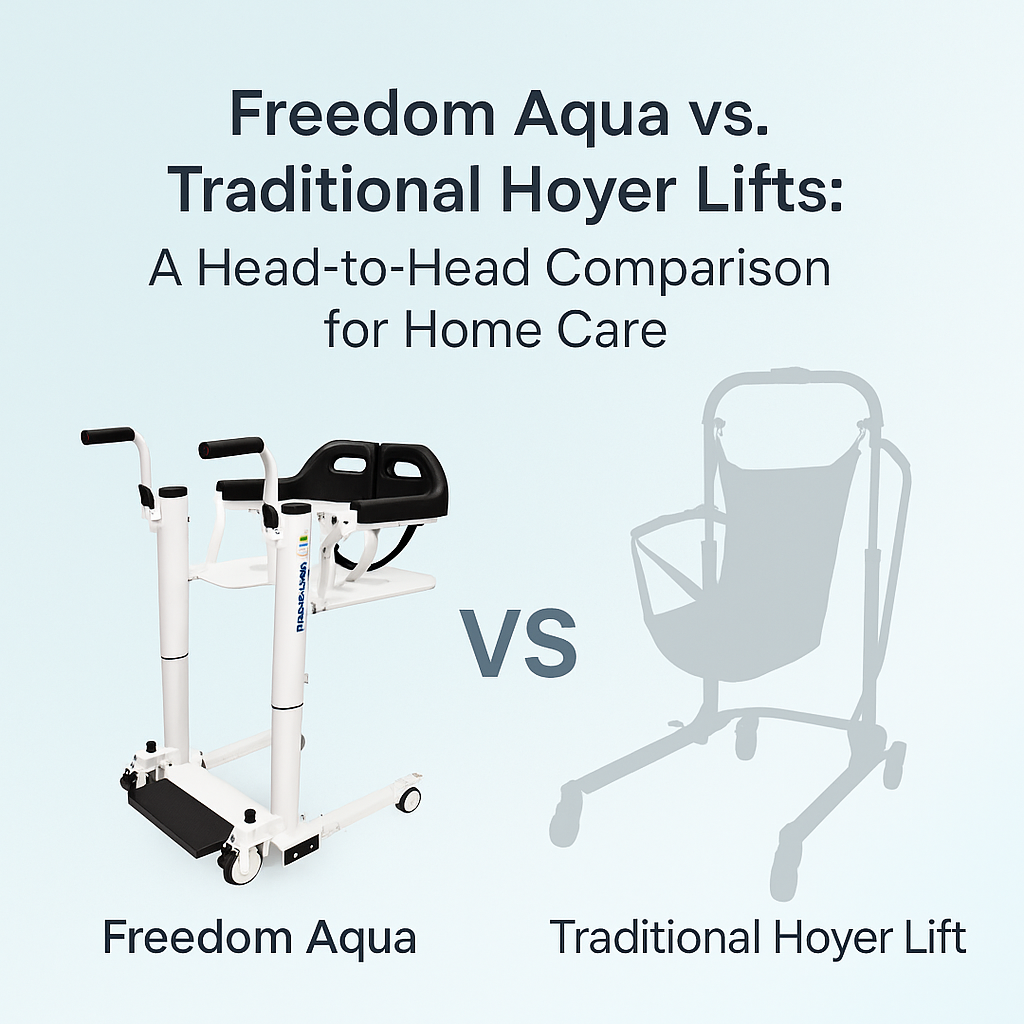
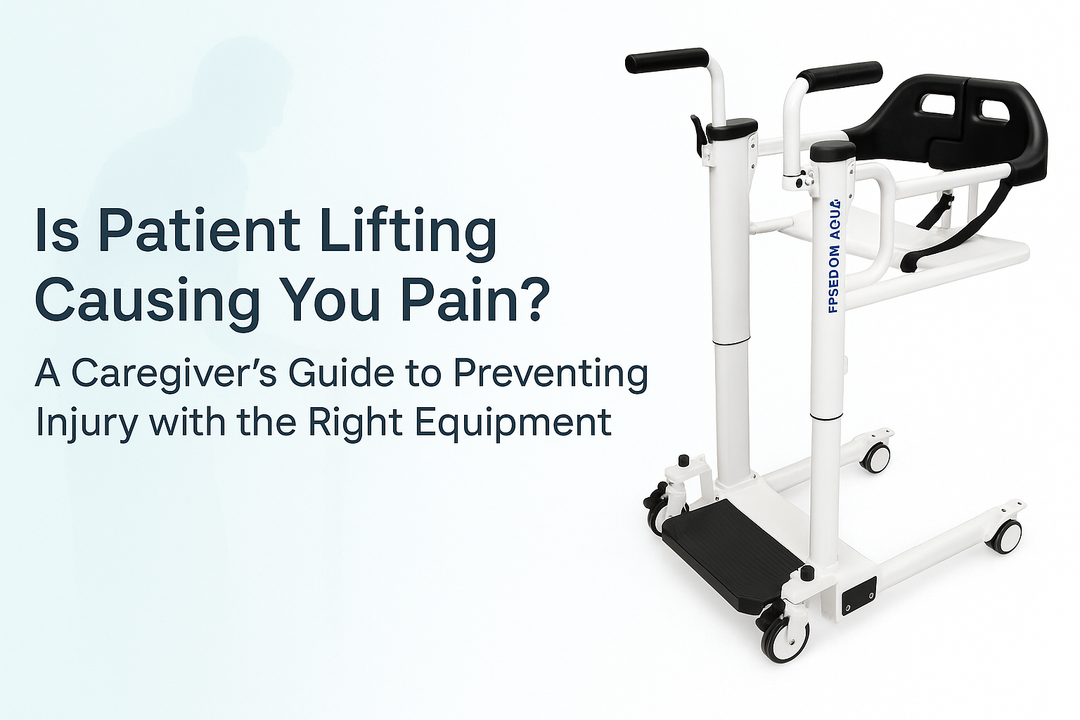
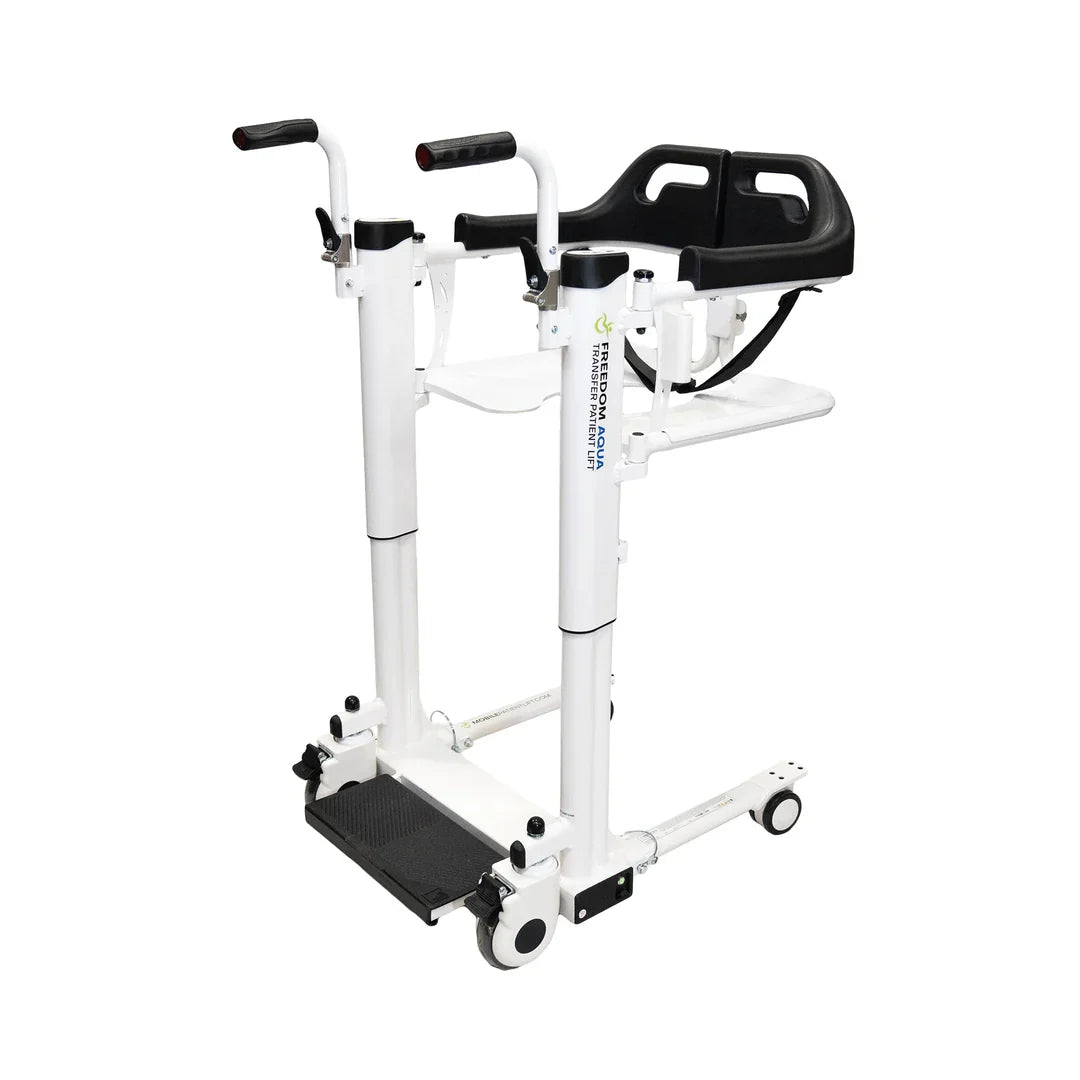
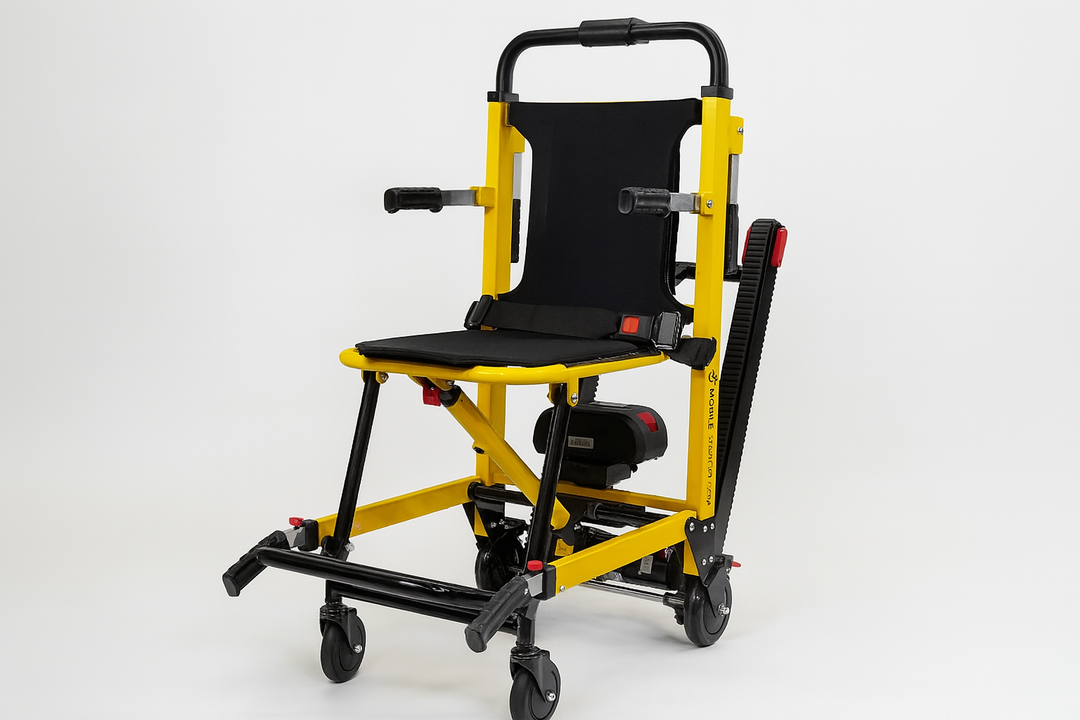
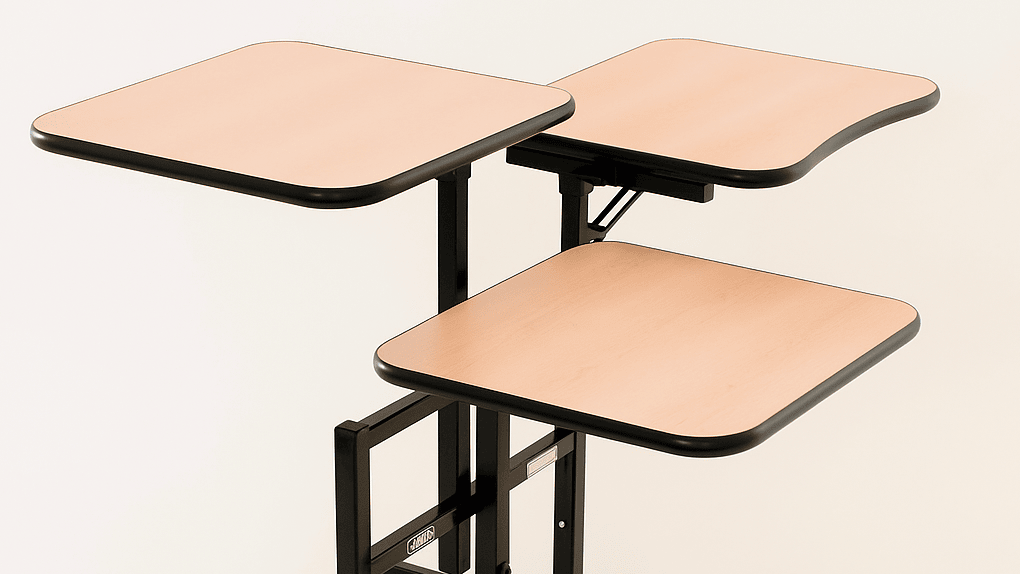

Dejar un comentario